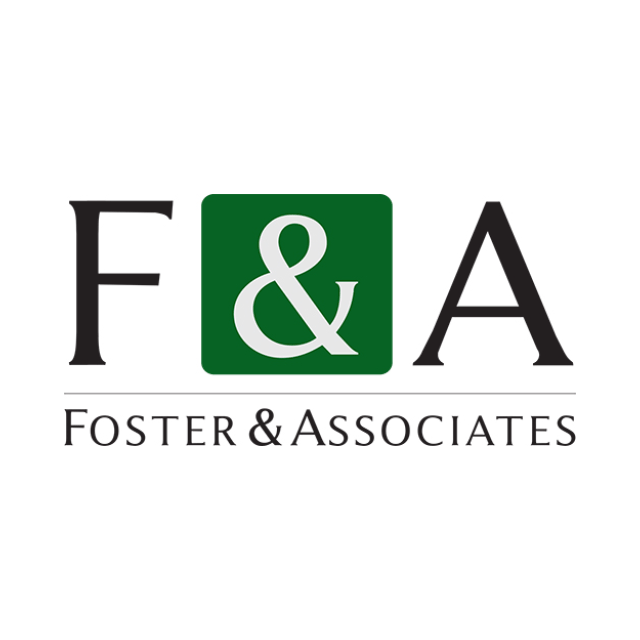You can make investment income through the financial markets in two major ways, dividends and capital gains.
To make dividend income, you need to invest in stocks of companies that pay dividends regularly. Companies pay dividends from operating profits, and a company making losses would not have enough net income to pay dividends.
The more shares you own in a dividend-paying company, the more dividends you receive based on the number of shares you own. It is important to note that not all companies pay dividends. The CRA will tax your dividends in a non-registered investment account.
Investing in dividend-paying Canadian companies has certain benefits. For example, you can claim the dividend tax credit, which does not apply to foreign companies.
To make capital gains, on the other hand, the share price of a company’s stock needs to increase from the price you bought it. Capital gains can be realized or unrealized.
Having unrealized capital gains simply means you are still holding on to your investment stocks and have not sold them. Yes, the value of your investments may have increased, but you have not realized the actual gains yet. Consequently, the Canada Revenue Agency (CRA) does not tax unrealized capital gains.
When you sell your investment stocks for a higher price than the purchase price, less any selling costs, then you will realize your capital gains. This investment income is taxed if you own the stocks in a non-registered account.
The CRA does not tax your capital gains in full, only half of your capital gains are taxable income. For example, if you make $5,000 capital gains from selling your investment stocks in a non-registered investment account, only $2,500 will be taxed at your marginal tax rate.
You do not pay taxes on investment income in your tax-free savings account (TFSA). The CRA does not tax your dividends and any realized capital gains, even when you withdraw them.
The registered retirement savings plan is different (RRSP). You will not pay taxes when you earn dividends and make capital gains in the account. However, withdrawing from the RRSP will require you to pay taxes.
Making efficient use of the tax benefit of eligible dividends is vital, as is the ability to defer capital gains until a security is sold in a taxable account. Your Foster advisor will help make the most of both of these key elements of portfolio construction.
Disclaimer: This article is for general information purposes only, and is not legal, financial, or tax planning advice. Everyone’s situation is unique, and this article cannot apply to every person. The reader should not take any action, or refrain from taking any action, as a result of this article without first obtaining legal or professional advice.











